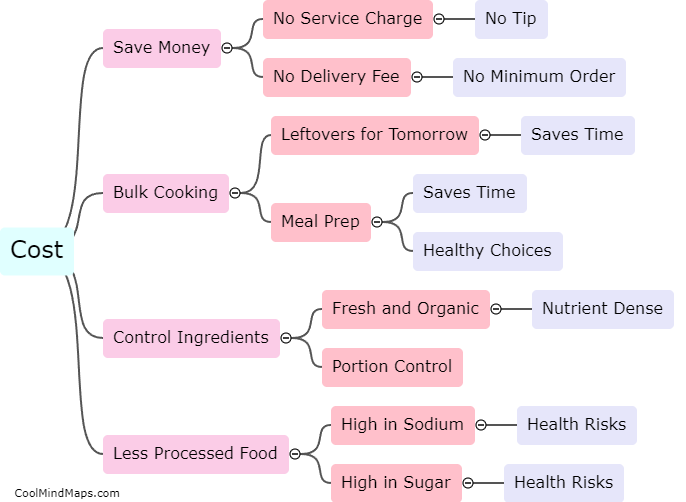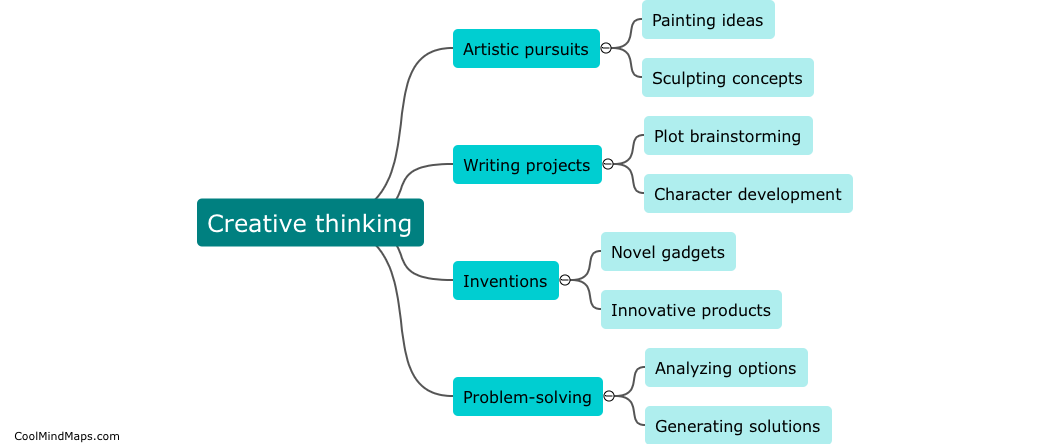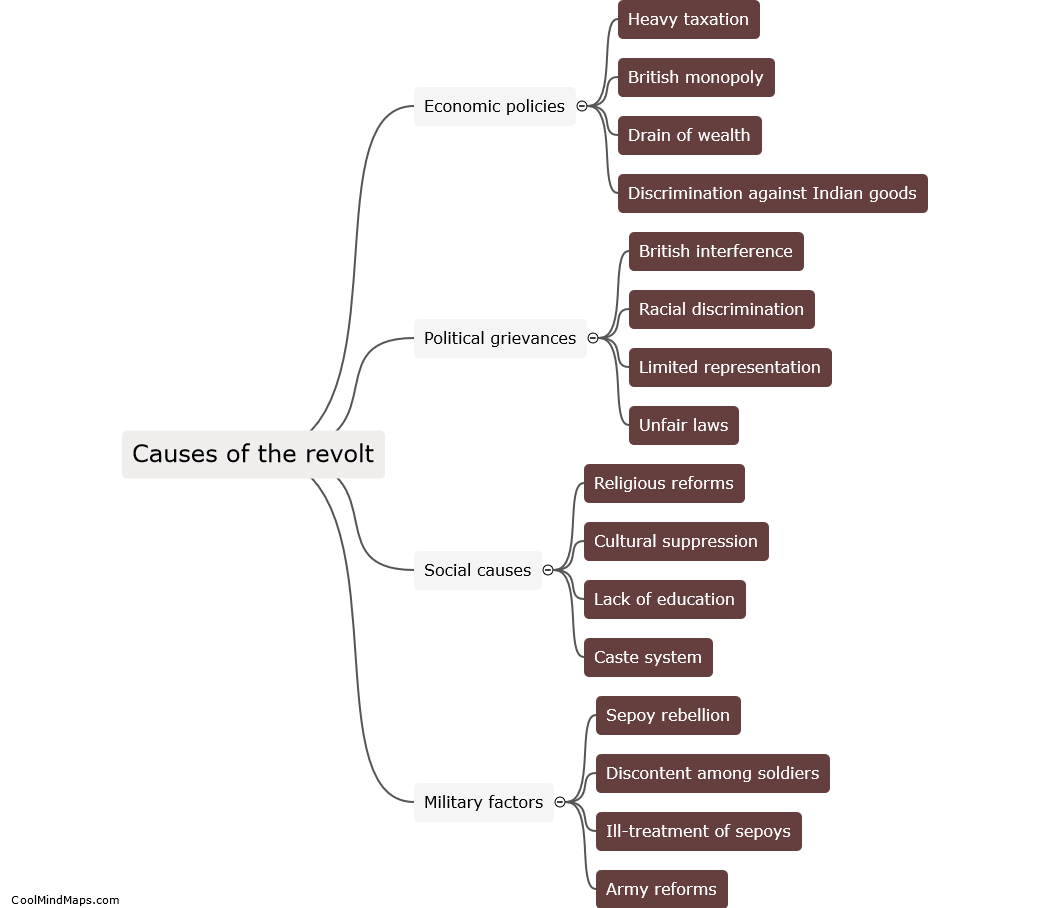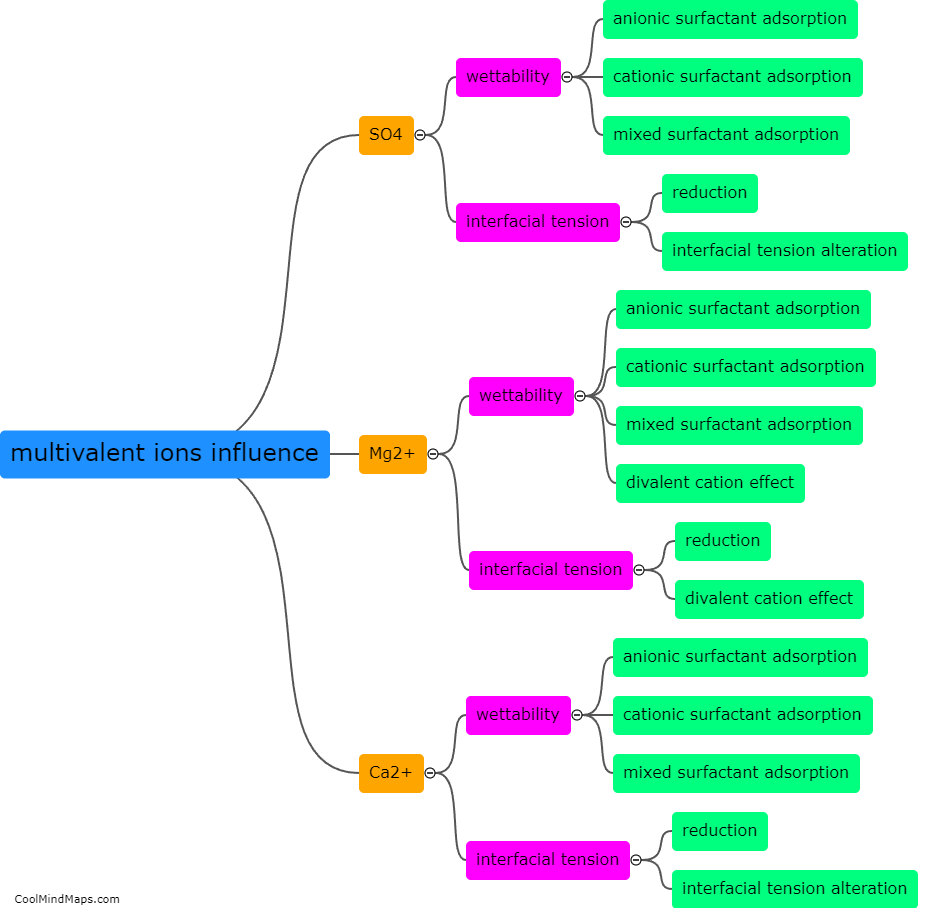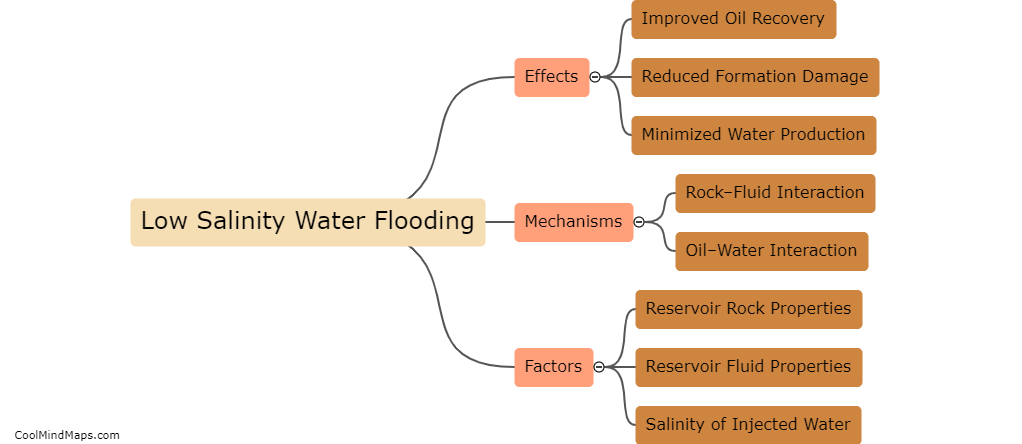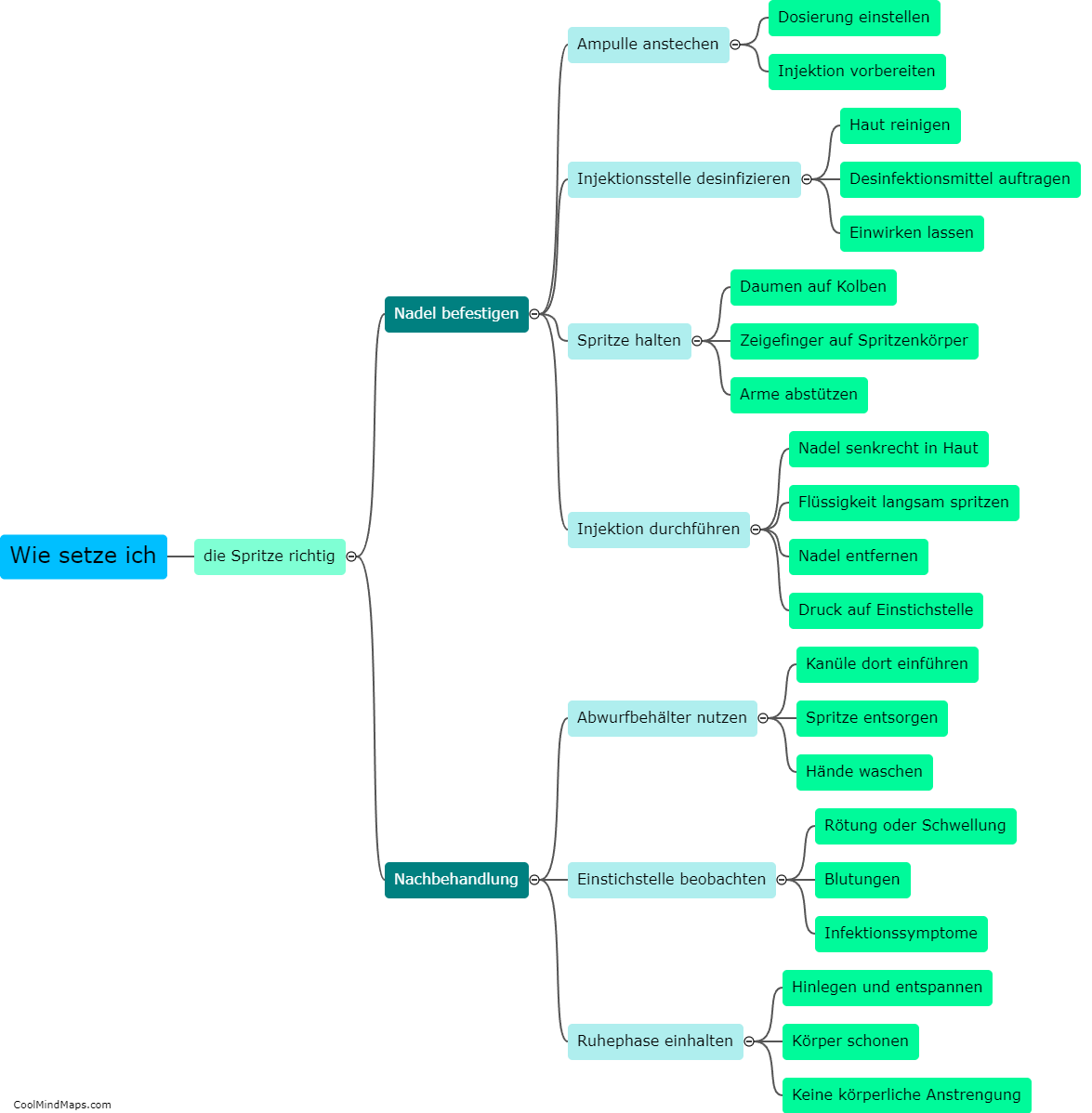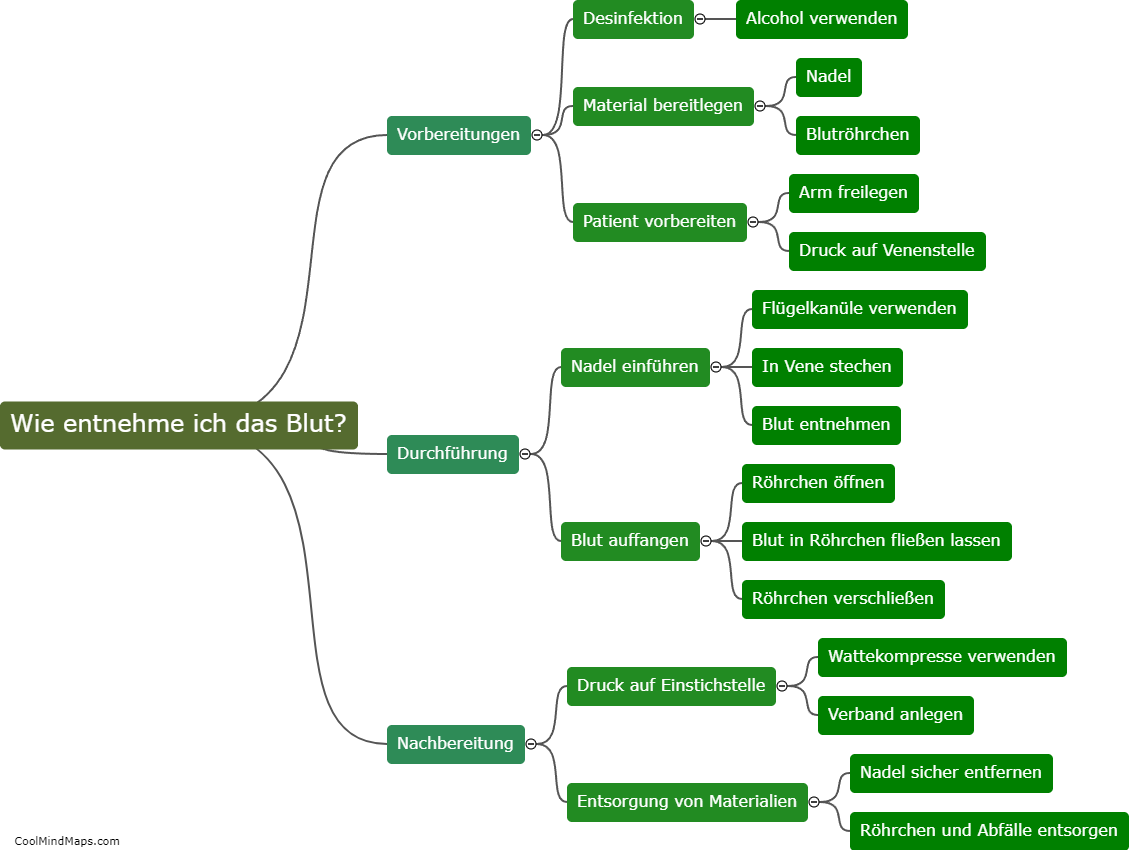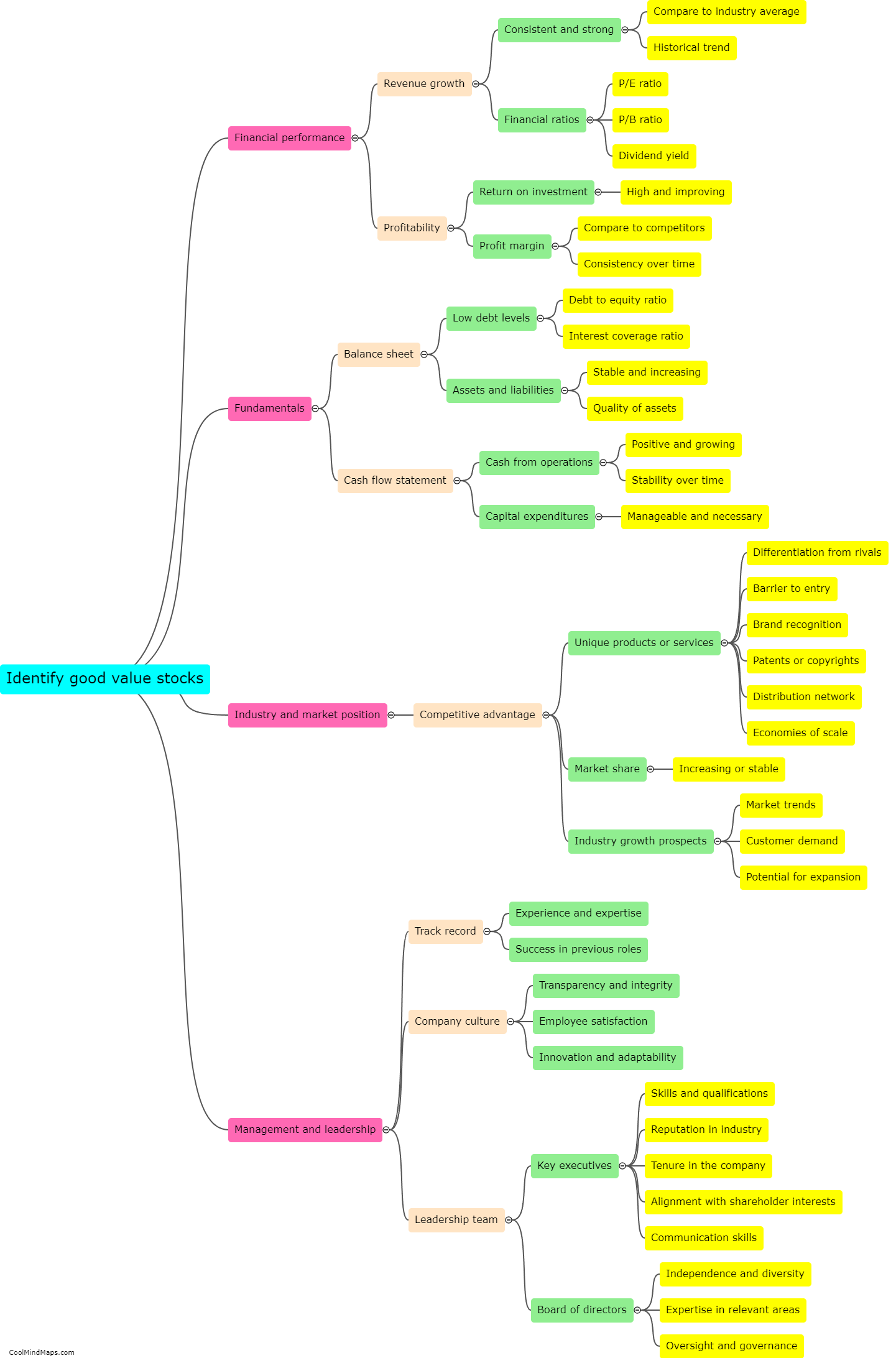Applications and case studies of low salinity water flooding
Low salinity water flooding is a technique used in the field of enhanced oil recovery to improve oil recovery from reservoirs. It involves injecting water with reduced salinity into the reservoir, which alters the wettability and improves oil displacement efficiency. This method has gained significant attention in recent years due to its potential economic and environmental benefits. Several applications and case studies have demonstrated the effectiveness of low salinity water flooding in different reservoir types and conditions. For instance, field trials conducted in carbonate and sandstone reservoirs have shown positive results, indicating a significant increase in oil recovery. Additionally, laboratory experiments and numerical simulations have further supported the practical applicability of this method. As the demand for oil continues to rise, low salinity water flooding presents a promising technology that could potentially enhance the recovery of oil resources worldwide.
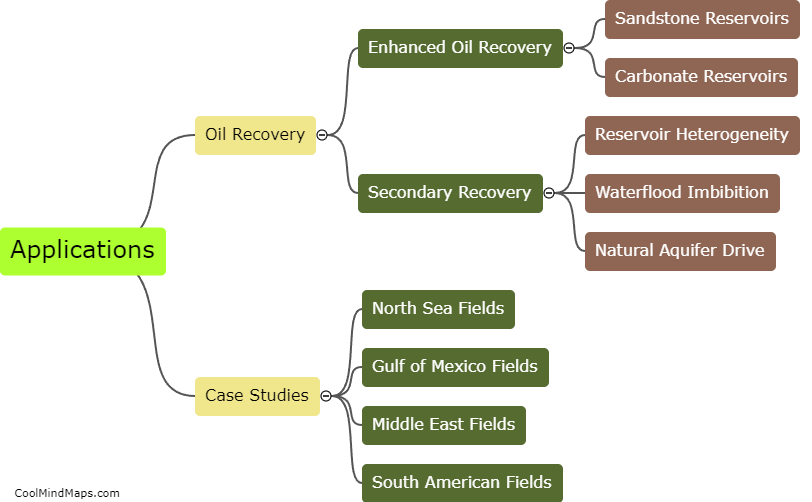
This mind map was published on 20 December 2023 and has been viewed 91 times.
